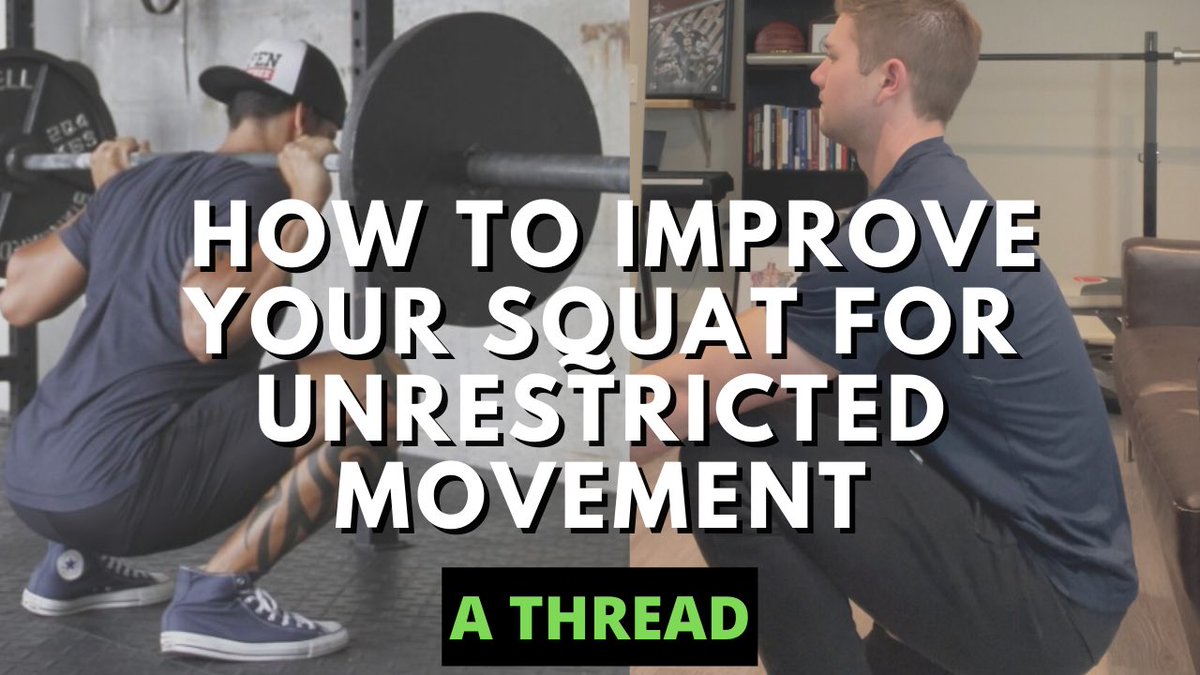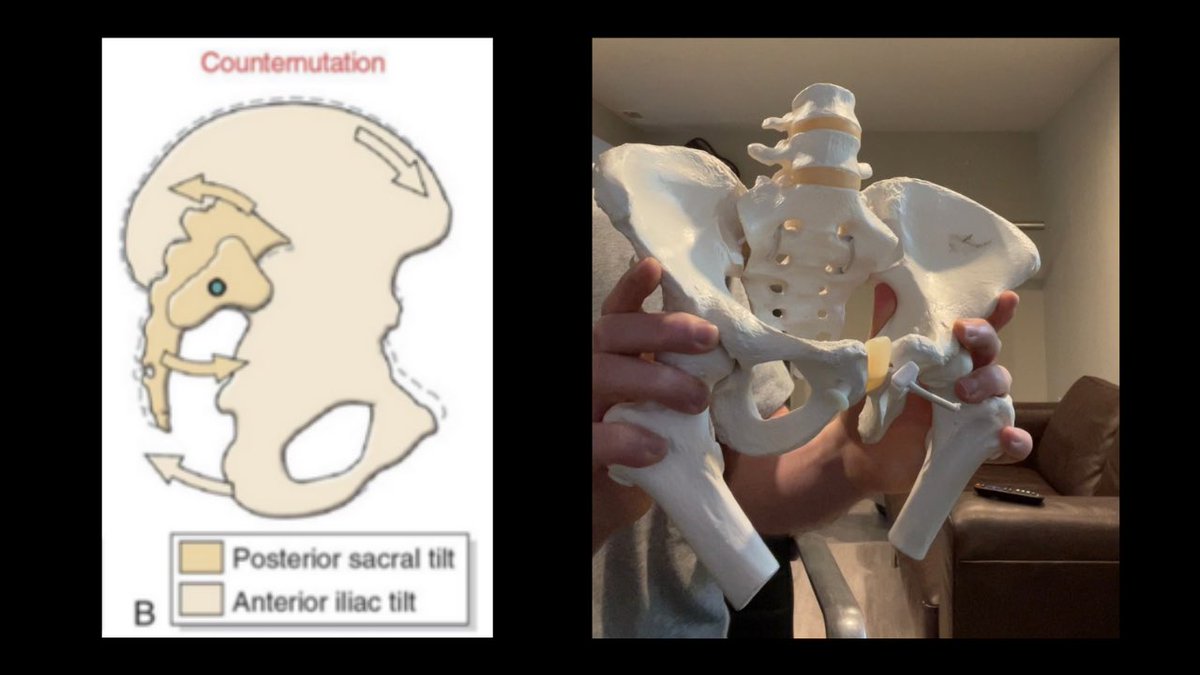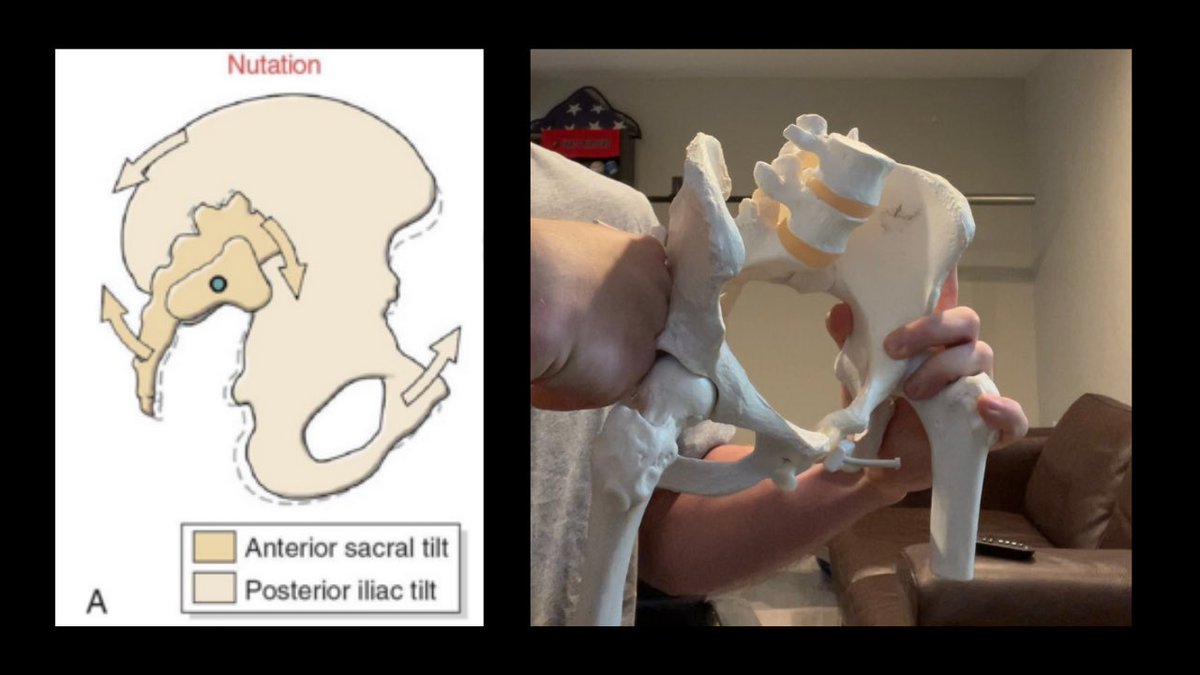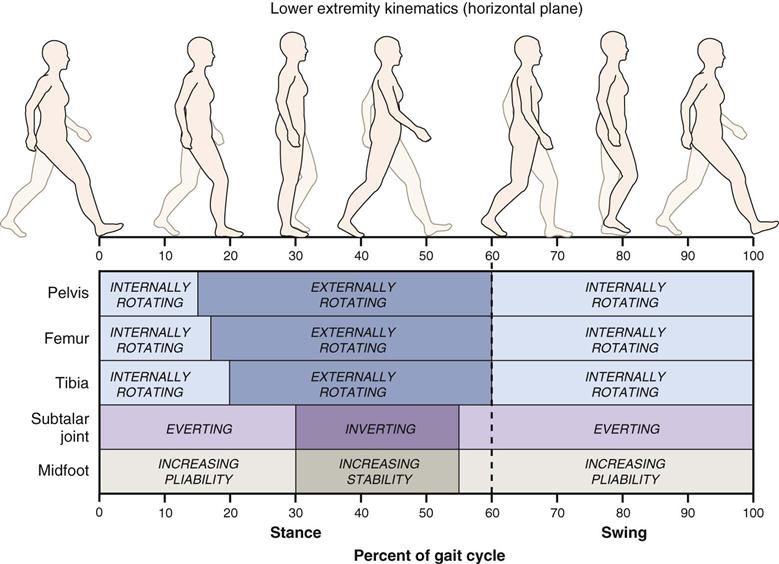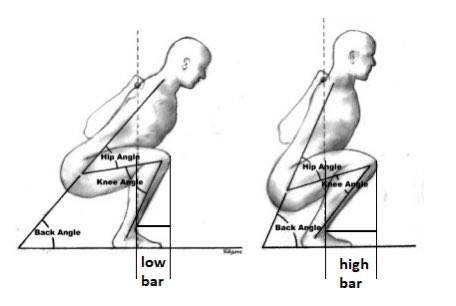A thread on how to use a bodyweight squat as an assessment for mobility & how to significantly improve squat mechanics for the weightroom
The squat is a measurement of the hip’s ability to go through their full range of motion (Lee, 2011).
A good squat usually means...
The squat is a measurement of the hip’s ability to go through their full range of motion (Lee, 2011).
A good squat usually means...
the individual can generally access the joint ranges of motion available at the pelvis and femurs. And here’s why:
The squat has three phases:
1. The first part (0-60 degrees of hip flexion) in a squat are biased to external rotation (ER) and counternutation of the sacrum bone.
The squat has three phases:
1. The first part (0-60 degrees of hip flexion) in a squat are biased to external rotation (ER) and counternutation of the sacrum bone.
2. Once we get to 60 to about 90 degrees of hip flexion (parallel), the pelvis is biased to more internal rotation (IR) and sacrum nutation.
3. Beyond that, it goes back into ER and counternutation.
All of these joint actions are necessary for human movement. For example, when
3. Beyond that, it goes back into ER and counternutation.
All of these joint actions are necessary for human movement. For example, when
we walk or run, half the gait cycle is made up of ER/Counternutaiton mechanics and the rest IR/Nutation mechanics.
It would be pretty unideal if we couldn’t access those mechanics.
It would be pretty unideal if we couldn’t access those mechanics.
Try a bodyweight squat now. If you get stuck at parallel, or you round your hips underneath, we have some work to do.
If you roll your hips underneath you, or “buttwink”, it’s a sign that you probably are rolling your pelvis as a unit to “find” that counternutation you lack.
If you roll your hips underneath you, or “buttwink”, it’s a sign that you probably are rolling your pelvis as a unit to “find” that counternutation you lack.
In order to improve squat mechanics, we need to allow the pelvis to reacess counternutation mechanics. We can do this via an exercise that allows us to get into deep levels of hip flexion while biasing external rotation.
Try this and then retest your squat. It should feel better
Try this and then retest your squat. It should feel better
If you don’t have the coordination to do that movement with weight, try this variation using a couch and hold on to something.
Now that we’ve “opened up” the hips, it’s time to own it through load.
I am a fan of a front-loaded cable Zercher position.
This will pull you forward, so you will be forced to keep your center of mass back and stay tall.
Elevate your heels if you want extra depth.
I am a fan of a front-loaded cable Zercher position.
This will pull you forward, so you will be forced to keep your center of mass back and stay tall.
Elevate your heels if you want extra depth.
You can also use this banded variation for a similar reason. The band will “pull” you into extension of the lumbar spine which will allow you to cue yourself to have a more neutral spine.
After that, we can use this variation to increase loading while still driving an upright squat with lots of abs involved.

 Read on Twitter
Read on Twitter